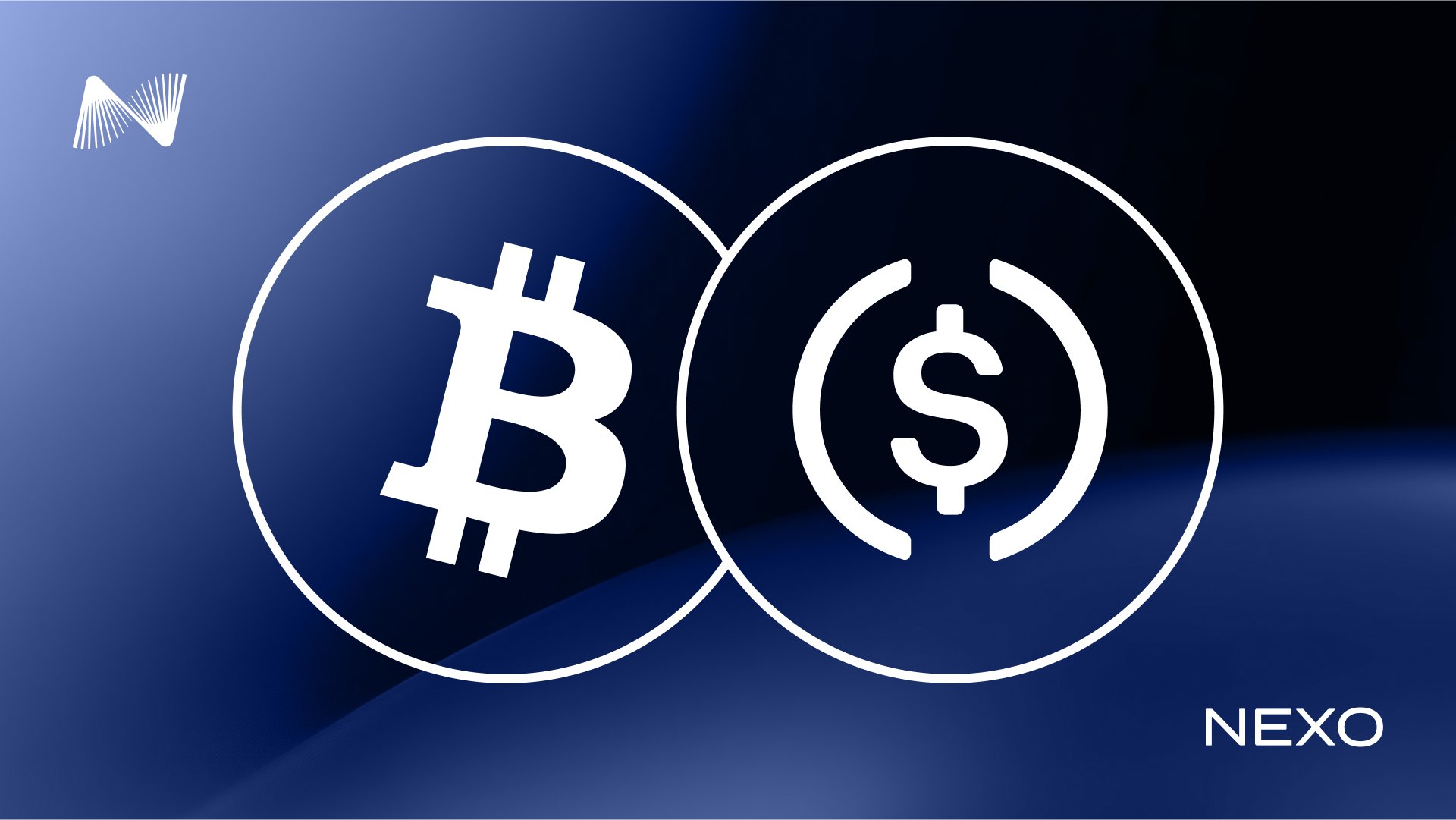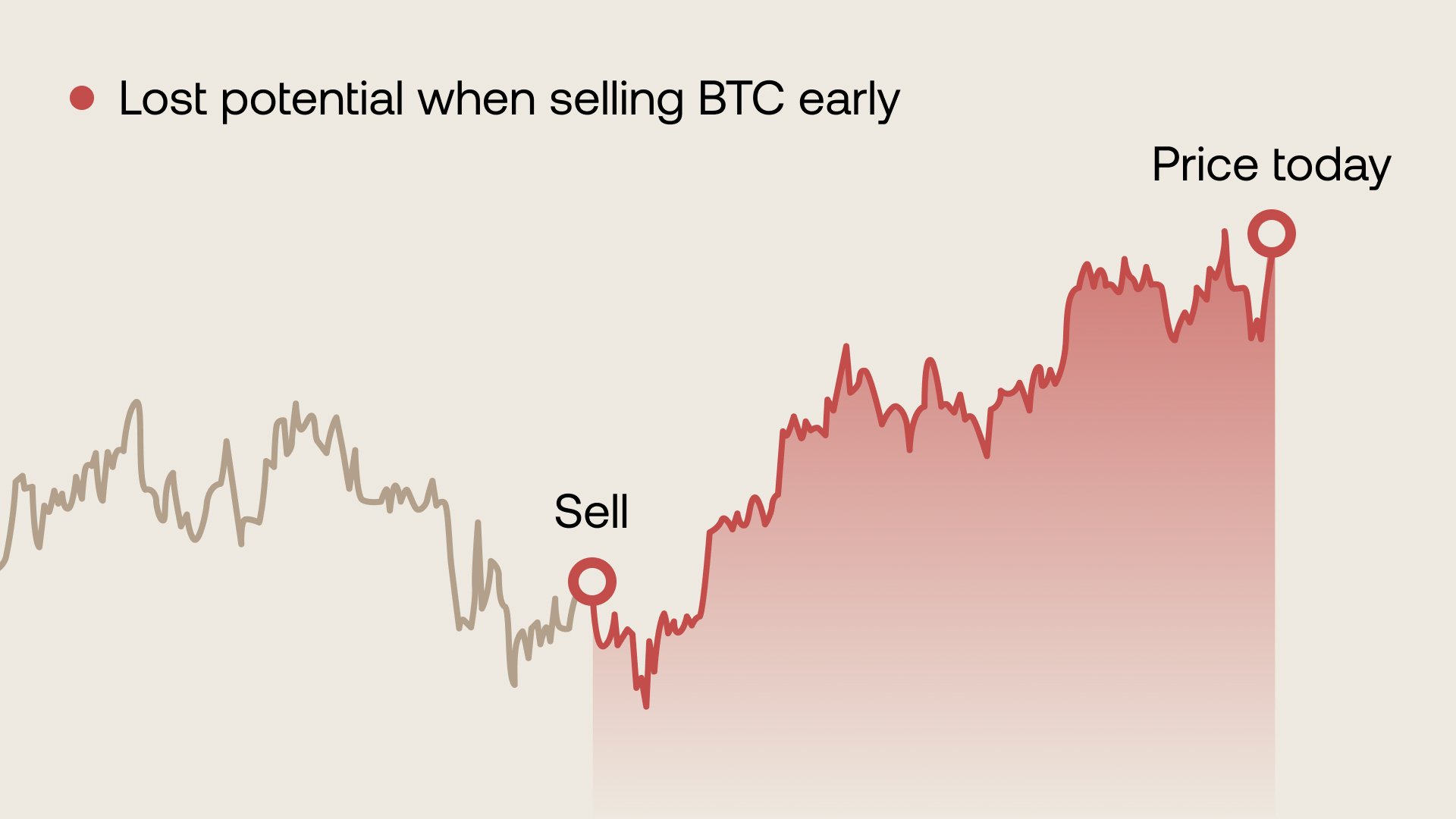Borrowing against your Bitcoin: The basics
Aug 29•4 min read

Why borrow instead of selling?
For most people, the obvious way to get cash from Bitcoin is to sell it. But selling comes with downsides:
- You lose potential upside if the price rises.
- You may trigger taxable events on your gains.
Borrowing against your Bitcoin solves both problems. It lets you access money today while keeping your BTC in place for tomorrow.
This isn’t a new idea. Wealthy investors have done this with real estate, stocks, and even art for decades.
They borrow against their assets instead of selling them, so their wealth continues to grow in the background. Now, Bitcoin holders can use the same strategy.
How borrowing works?
The process is simpler than it sounds, but let’s walk through it step by step:
- Start with Bitcoin → If you don’t already own Bitcoin, your first step is to buy some on a trusted platform. This is what you’ll use as collateral.
- Add Bitcoin as collateral → Collateral is something valuable you pledge to secure a loan. In this case, it’s your Bitcoin.
- Get access to funds → In return, you often receive stablecoins that you can use to fund your new venture, cover expenses, or use for purposes that fit your goals.
- Your Bitcoin stays yours → It isn’t sold. It’s just locked while you borrow. If Bitcoin’s price rises, you still benefit from the increase in value.
- Repay flexibly → Once you repay what you borrowed (plus any interest), your Bitcoin is fully unlocked and available to you again.
Why do people borrow?
Borrowing against Bitcoin isn’t about reckless debt — it’s about using your assets intelligently. People borrow for a variety of reasons:
- Covering personal expenses like tuition, home renovations, or healthcare.
- Funding new opportunities without liquidating their long-term holdings.
- Managing cash flow during volatility, when selling would lock in losses.
Instead of selling, you keep your Bitcoin working for your long-term wealth while still having liquidity for the short term.

Borrowing in practice.
When you borrow against Bitcoin, you’re not forced into a one-size-fits-all loan. You decide how much to unlock, how long to keep it, and how you want to repay.
On platforms like Nexo, borrowing is built to give you that flexibility:
- Rates from 2.9% → Get competitive rates and keep more of your funds working for you.
- Flexible repayment → Repay on your own schedule, in full or in part.
- Tax-efficient & near instant → Access funds without selling your Bitcoin, often available the same day.
- High borrowing limits → From everyday needs to large-scale financing, you can tailor the loan to your goals.
Frequently asked questions.
1. How do you borrow against Bitcoin?
You pledge your Bitcoin as collateral and receive funds as stablecoins in return. Your BTC stays in your account — it’s just locked until you repay. With Nexo, the process is near instant, and you can repay at your own pace.
2. Can I borrow funds without selling my Bitcoin?
Yes. Instead of selling, you can use your Bitcoin to secure a loan. For example, Nexo lets you borrow against your BTC so you keep exposure to future price growth while covering current expenses.
3. Do you actually borrow Bitcoin, or something else?
You don’t usually borrow Bitcoin itself. What you borrow in most cases are stablecoins like USDC, while your BTC acts as collateral.
4. Where can I borrow against my Bitcoin?
Several platforms provide this service, but Nexo combines competitive rates as low as 2.9% with a seamless process and fast access to funds.
These materials are accessible globally, and the availability of this information does not constitute access to the services described, which services may not be available in certain jurisdictions. These materials are for general information purposes only and not intended as financial, legal, tax, or investment advice, offer, solicitation, recommendation, or endorsement to use any of the Nexo Services and are not personalized, or in any way tailored to reflect particular investment objectives, financial situation or needs. Digital assets are subject to a high degree of risk, including but not limited to volatile market price dynamics, regulatory changes, and technological advancements. The past performance of digital assets is not a reliable indicator of future results. Digital assets are not money or legal tender, are not backed by the government or by a central bank, and most do not have any underlying assets, revenue stream, or other source of value. Independent judgment based on personal circumstances should be exercised, and consultation with a qualified professional is recommended before making any decision.
